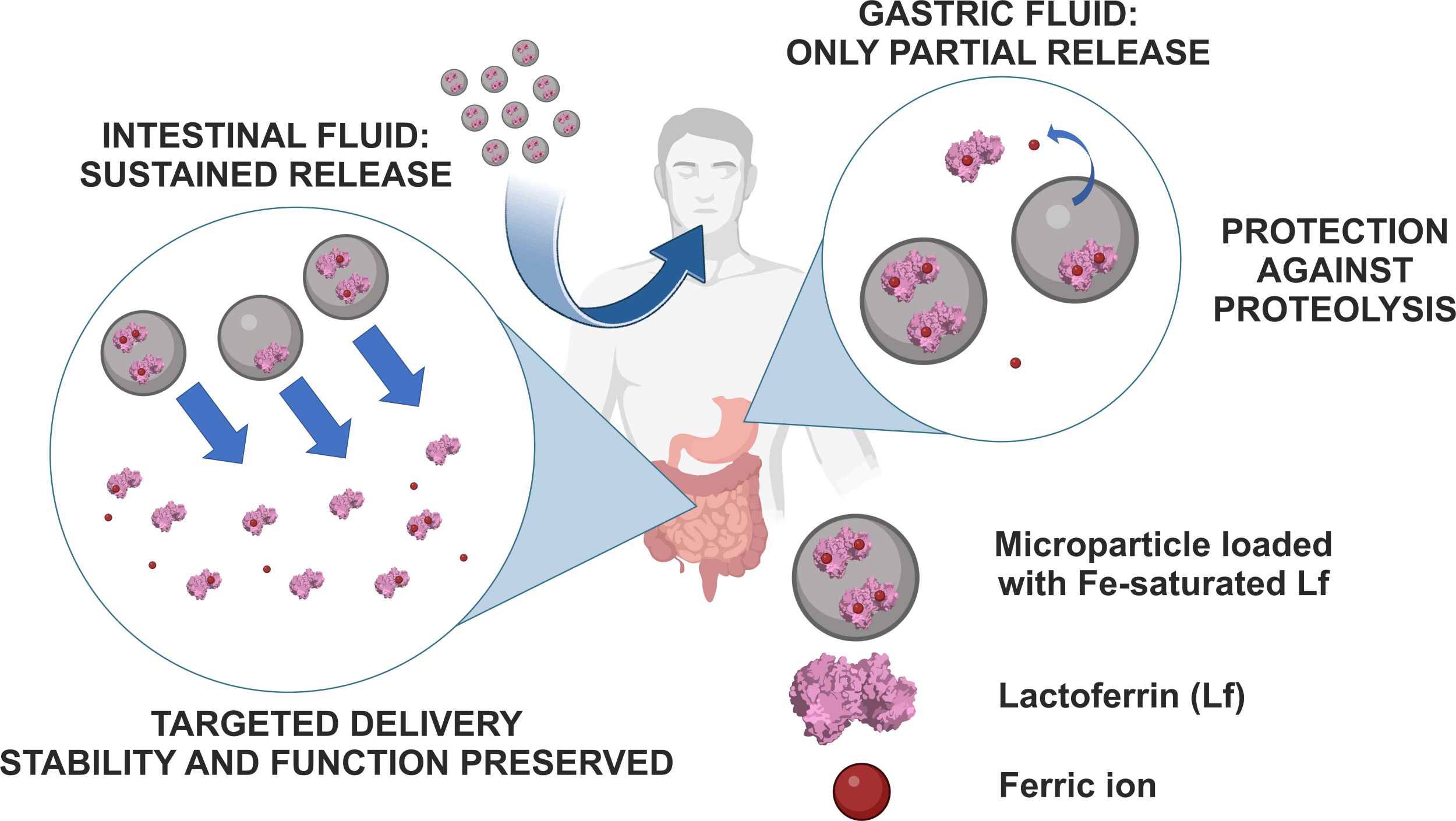Grant number: 019/35/N/NZ7/02202
Principal Investigator: Przemysław Gajda-Morszewski, Supervisor: Małgorzata Brindell
Source of funding: National Science Center Poland
A significant group of the newly obtained compounds have very promising antitumor activity, however, due to the low water solubility, it is impossible to obtain and administer a dose having a therapeutic effect. Additionally, the lack of stability of the compounds under physiological conditions is also a common problem. So, the effective delivery of active compounds to the site of action is an important issue.
In this project, a panel of hydrophobic compounds with antitumor activity was selected to develop an efficient delivery system. Lactoferrin has been chosen as a carrier for these compounds due to its biocompatibility and antimicrobial and antitumor properties. It is a protein that occurs naturally in the body and in food. The protein adducts with the tested compounds will be encapsulated within nano/microparticles based on a polymer that allows targeted and selective delivery and protection of the protein from digestion in the stomach.
P. Gajda-Morszewski, M. Brindell
Current Protein and Peptide Science 2021, 22, 629-640
Lactoferrin (Lf) is a glycoprotein found in milk and mammalian secretions. The use of lactoferrin as a co-agent or supplement to enhance the beneficial effect of drugs, or to reduce their side effects, arouses the interest of many researchers, especially since Lf is a well-studied, biocompatible, cheap, and easily accessible protein. In this mini-review, we focus on the elucidation of the role of Lf in antimicrobial or anticancer therapies, pointing to the possible mechanism underlying the determined synergism between Lf and commonly used drugs.
Reprinted from Current Protein and Peptide Science, 22, P. Gajda-Morszewski, M. Brindell, Lactoferrin as a potent natural supplement exhibiting a synergistic effect with drugs in antimicrobial and anticancer therapies, 629-640, Copyright (2021), with permission from Bentham.
P. Gajda-Morszewski, A. Poznańska, C. Yus, M. Arruebo, M. Brindell
Nanomaterials 2023, 12, 2524
Lactoferrin (Lf) is a globular glycoprotein found mainly in milk. It has a very high affinity for iron(III) ions, and its fully saturated form is called holoLf. The antimicrobial, antiviral, anticancer, and immunomodulatory properties of Lf have been studied extensively for the past two decades. However, to demonstrate therapeutic benefits, Lf has to be efficiently delivered to the intestinal tract in its structurally intact form. This work aimed to optimize the encapsulation of holoLf in a system based on the versatile Eudragit® RS polymer to protect Lf against the proteolytic environment of the stomach. Microparticles (MPs) with entrapped holoLf were obtained with satisfactory entrapment efficiency (90–95%), high loading capacity (9.7%), and suitable morphology (spherical without cracks or pores). The preincubation of MPs loaded with holoLf under conditions simulating the stomach environment resulted in the release of 40% of Lf from the MPs. The protein released was saturated with iron ions at 33%, was structurally intact, and its iron scavenging properties were preserved.

 Lactoferrin as a potent natural supplement exhibiting a synergistic effect with drugs in antimicrobial and anticancer therapies
Lactoferrin as a potent natural supplement exhibiting a synergistic effect with drugs in antimicrobial and anticancer therapies